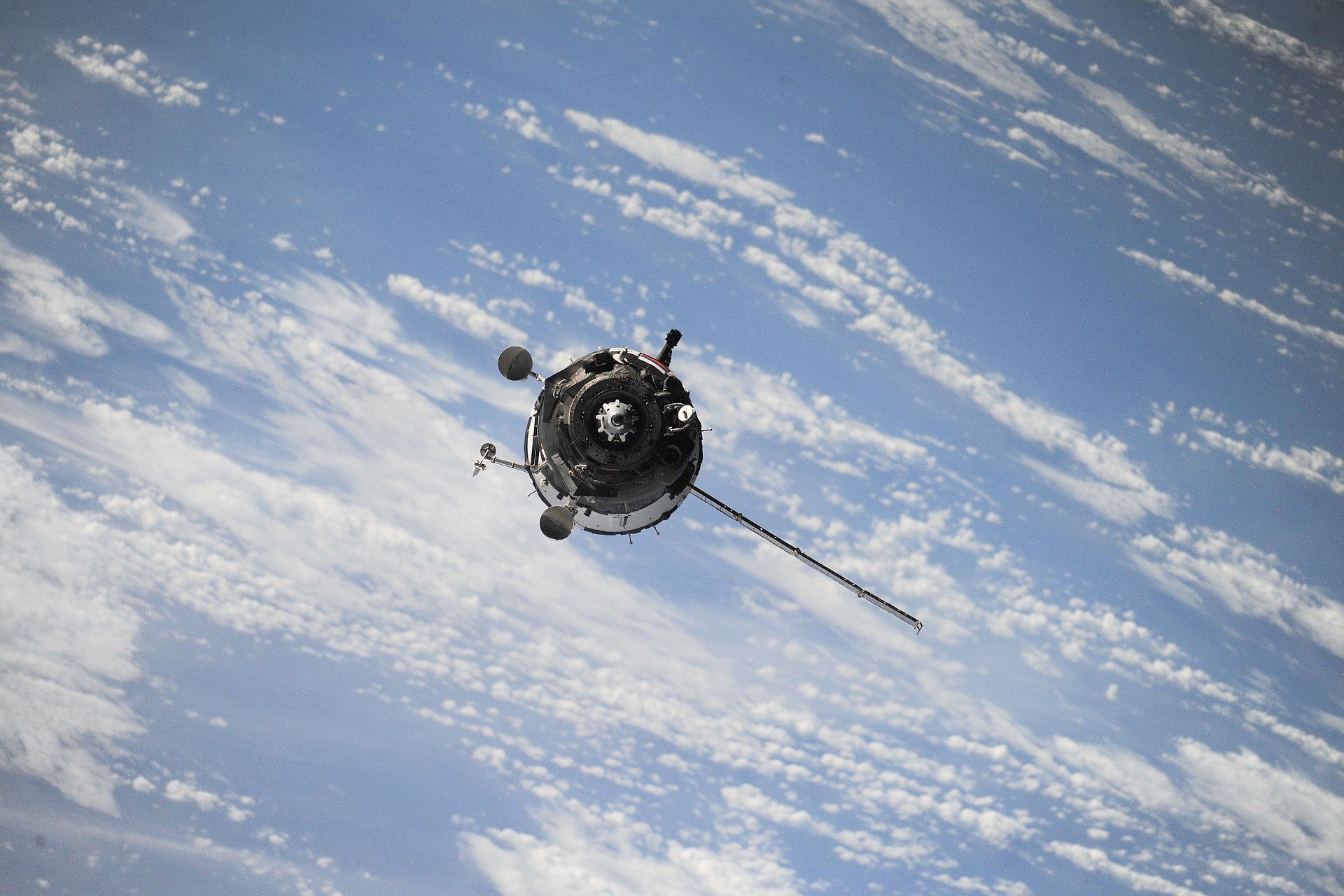Science
Megha-Tropiques-1: ISRO Will Attempt Controlled Re-Entry Of Decommissioned Satellite, Part Of Space Debris Management Efforts
- ISRO is bringing down its decommissioned Indo-French satellite Megha-Tropiques-1 in the “controlled re-entry” mode within a safe zone over the Pacific Ocean today.
- No large fragments of the satellite are likely to survive the aerothermal heating during the re-entry, ISRO has said.

A satellite in orbit
The Indian Space Research Organisation (ISRO) today (7 March) is attempting the controlled re-entry of a decommissioned low-Earth orbiting satellite called Megha-Tropiques-1.
ISRO has called the controlled re-entry exercise “a challenging experiment.”
As it goes about this work, in line with international space debris mitigation guidelines, the Indian space agency is aiming to “test the relevant methodologies and understand the associated operational nuances of post mission disposal by direct re-entry into the Earth’s atmosphere.”
Megha-Tropiques-1 was a joint satellite mission by India and France for studying the water cycle and energy exchanges in the tropics.
The tropics are a region of the Earth roughly defined as the area between the tropic of Cancer and the tropic of Capricorn. They make up the area closest to the Earth’s equator (the imaginary east-west line encircling the Earth midway between the North and South poles).
Through the Megha-Tropiques mission, Indian and French space agencies sought to “understand the life cycle of convective systems that influence the tropical weather and climate and their role in associated energy and moisture budget of the atmosphere in tropical regions.”
Hence, the Hindi and French words “megha” and “tropiques” in the mission name, referring to “clouds” and the “tropics” in the Indian and French languages respectively.
ISRO’s Meteorological and Oceanographic Satellite Data Archival Centre (MOSDAC) explains the science behind the Megha-Tropiques mission:
The tropical region gets excess energy since it receives more energy from the Sun than it radiates back into space. This excess energy is spilled over into the temperate regions via the atmosphere and the oceans. “Any variation in the energy budget of the tropics will therefore effect the whole planet.”
Megha-Tropiques has, thus, provided “scientific data on the contribution of the water cycle to the tropical atmosphere, with information on condensed water in clouds, water vapour in the atmosphere, precipitation, and evaporation,” ISRO has said.
The satellite flew on the twentieth flight of the polar satellite launch vehicle, PSLV-C18, from the first launch pad at the Satish Dhawan Space Centre-Sriharikota Range (SDSC-SHAR) on 12 October 2011.
The climate research satellite, equipped with four instruments and weighing about 1,000 kg, was placed in an 867-km orbit with an inclination of 20 degrees to the equator.
It possessed day, night, and all-weather viewing capabilities, and passed over India almost a dozen times every day, giving scientists a near-real-time assessment of the evolution of clouds.
It supplied scientific data supporting regional and global climate models for about a decade.
The original mission life was three years, but the satellite received further extensions of two and four years subsequently. In April 2022, ISRO called it a day for the mission.
Now, close to a year later, ISRO is planning to bring it down in the “controlled re-entry” mode.
The global governmental forum Inter-Agency Space Debris Coordination Committee, of which ISRO is a member agency, recommends deorbiting a low-Earth orbit object at the end of its life.
The preferable modes are through a controlled re-entry to a safe impact zone or by an intentional change of orbital destination such that the orbital lifetime is under 25 years.
Further, space agencies are recommended to carry out “passivation” of on-board energy sources to minimise the risk of any post-mission accidental break-up, ISRO said in its note.
Megha-Tropiques-1 had about 125 kg of on-board fuel remaining, which was dubbed sufficient for a controlled atmospheric re-entry.
Whatever remains of the satellite after re-entry is set to crash-land at an uninhabited location in the Pacific Ocean, between 5 degree south to 14 degree south latitude and 119 degree west to 100 degree west longitude. (Latitude is the measurement of distance north or south of the equator, while longitude is the measurement east or west of the prime meridian.)
ISRO is calling this deorbiting exercise “extremely challenging” because the decommissioned Indo-French satellite was not designed for end-of-life operations through controlled re-entry.
“Furthermore, the on-board constraints of the aged satellite, where several systems had lost redundancy and showed degraded performance, and maintaining subsystems under harsher environmental conditions at much lower than originally designed orbital altitude added to the operational complexities,” ISRO has said.
Eighteen orbit manoeuvres have been performed since August last year to progressively lower the orbit of the Megha-Tropiques-1 satellite. The deorbiting to increasingly low altitudes is carried out to make sure the impact occurs within a targeted safe zone.
Even during this process, the satellite’s services have been called on to study the physical process of atmospheric drag affecting the orbital decay of the satellite.
The final two de-boost burns followed by the ground impact are expected to take place today between 4.30pm and 7.30pm.
Simulations show that no large fragments of the satellite are likely to survive the aerothermal heating during re-entry, according to ISRO.
Introducing ElectionsHQ + 50 Ground Reports Project
The 2024 elections might seem easy to guess, but there are some important questions that shouldn't be missed.
Do freebies still sway voters? Do people prioritise infrastructure when voting? How will Punjab vote?
The answers to these questions provide great insights into where we, as a country, are headed in the years to come.
Swarajya is starting a project with an aim to do 50 solid ground stories and a smart commentary service on WhatsApp, a one-of-a-kind. We'd love your support during this election season.
Click below to contribute.
Latest